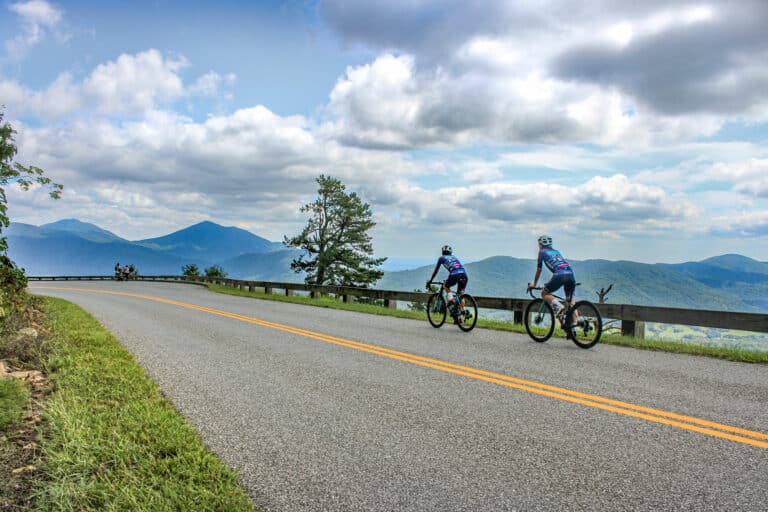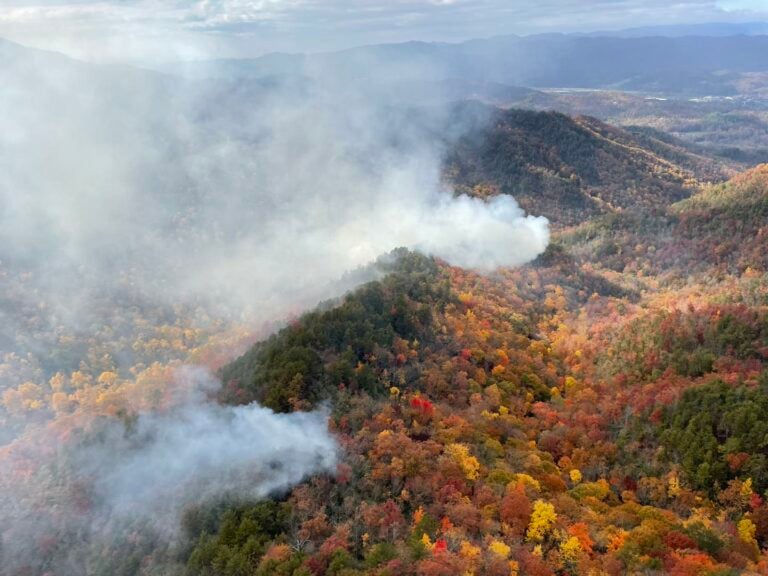“Know your enemy and know yourself and you can fight a hundred battles without disaster.” – Sun Tzu
Mr. Sun has said some really wise things that have become part of the lexicon of everyday normal use. In running, runners will do so much to be prepared for their race, wearing lucky socks and pinning their bib number on the same way each time. So why is it that so many runners go into their races without more than the basic knowledge of the distance they are going to run (and that may even be a stretch)?
At the San Francisco Marathon expo a few weeks back I told no less than a dozen runners, who were about take on the half marathon course the next day, what to expect. Some knew they were crossing the Golden Gate Bridge—and that about exhausted their knowledge of what lie ahead. In the days prior to the internet, this may have been excusable and understandable. However, today, the race has to be pretty damn obscure (or have a race where even the Race Director’s do not wish to reveal the course like the Bairgutsman in Utah) for there not to be an elevation chart, detailed map, or some other information that gives you an idea of what to expect.
Then again, as Einstein said, information is not knowledge. A simple perusal of a race and its comments on-line can give a runner whiplash when they do a double-take to make sure the runner lambasting a race for one particular feature is talking about the same feature another runner is raving about. “Hilly”, “scenic”, and “well-supported” are words which, without context, most assuredly mean different things to different runners. Knowing ahead of time what you are in store for alleviates one of the biggest fears we have: that of the unknown.
When I put together the inaugural Drake Well Marathon in 2006, time constraints and logistical measures kept me from exploring the hills, woods, and beautiful homes of my hometown of Titusville, Pennsylvania (which the course now does, by the way). With the initial course being 105.5 laps around my high school’s track, many are heard to groan when thinking about the perceived monotony. Perhaps that is the case but there was at least one splendid thing this course offered: no surprises. No hills popped up at mile 22, no aid stations were out of place, and no one could possibly get lost. As for mile markers, how does a marker every 200 meters grab ya? My point is, when the fear of the unknown was removed and runners could concentrate solely on the act of running, so much more was a breeze. Runners qualified for Boston for the first time, set new personal bests, and figured out that knowledge is power.







